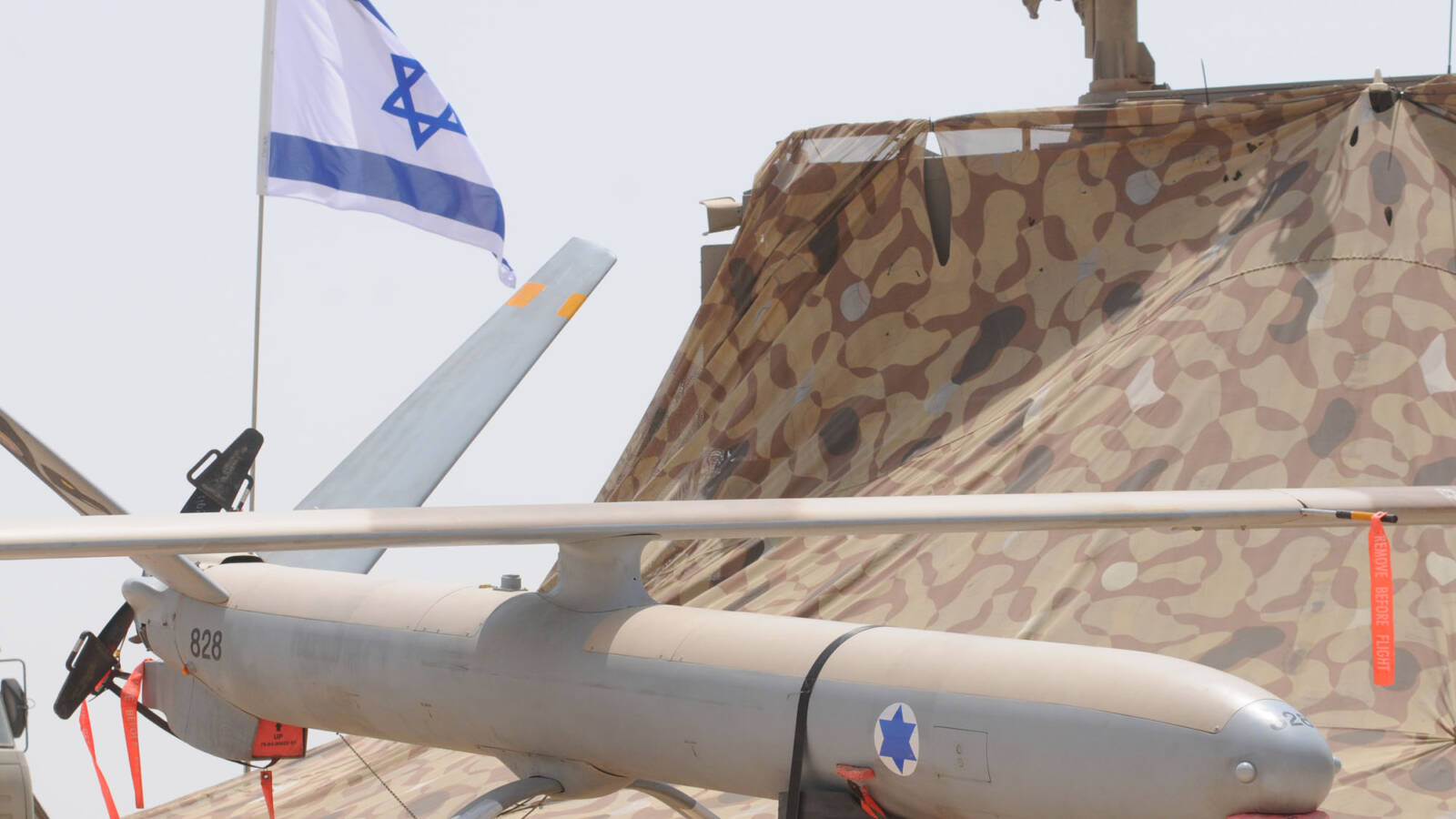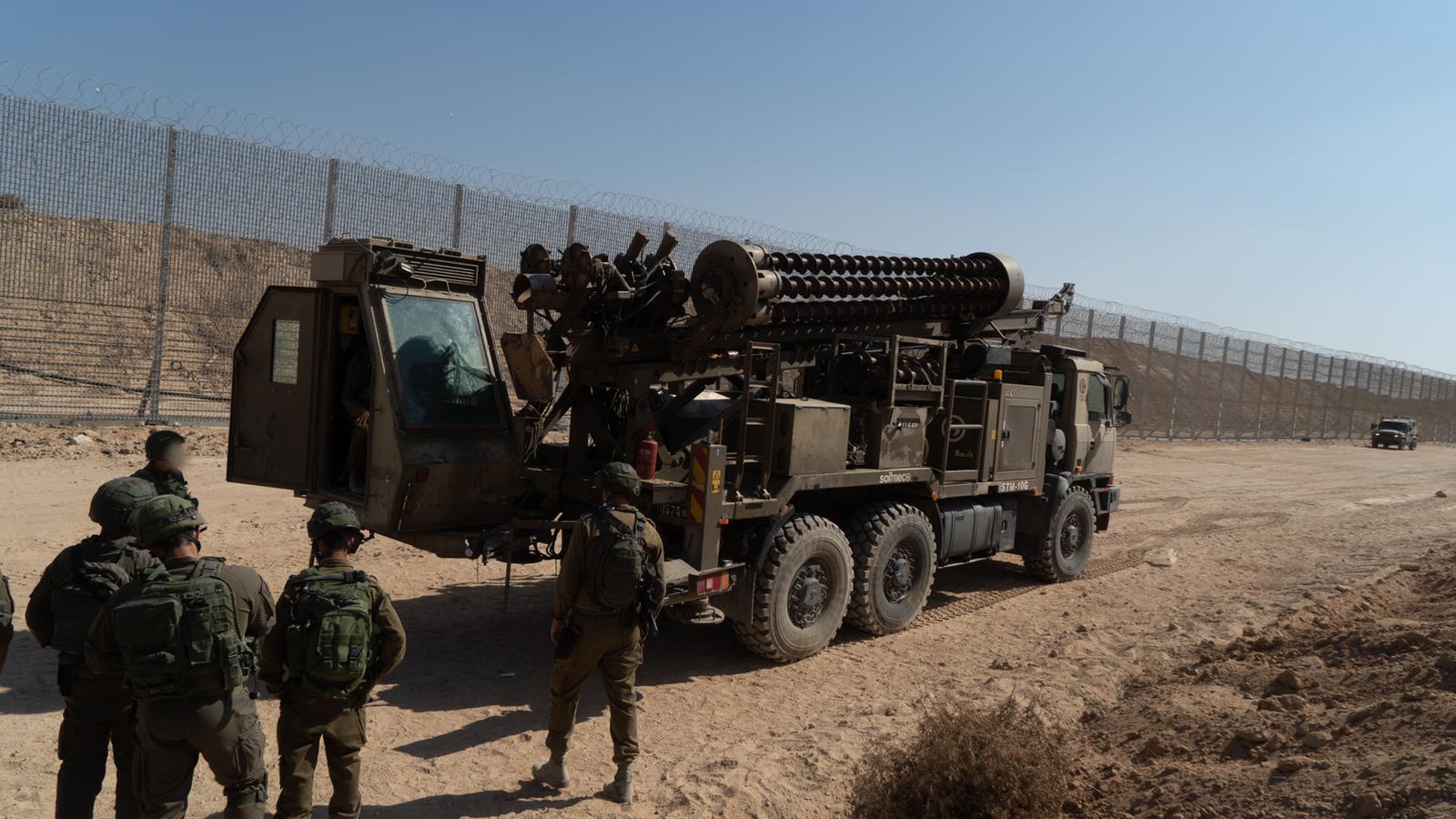If you have never read Mark Twain’s “The War Prayer,” you should read it now. Twain never published the 897-word essay while he was alive; perhaps he couldn’t find a proper venue to print his scathing satire against America’s imperial wars that gave us possession of Puerto Rico, Guam and the Philippines. According to his publisher and biographer, Albert Bigelow Paine, Twain told his friend Dan Beard “I have told the whole truth in that, and only dead men can tell the truth in this world. It can be published after I am dead.”
Even the mighty Samuel Clemens feared that the public would conclude he was a lunatic, “or even a fanatic with a mission to destroy the illusions and traditions and conclusions of mankind.” In the essay, the “stranger” said he bore a message from Almighty God, after the congregation heard a long prayer for the protection and aid for our troops in “their patriotic work.”
“…O Lord our God, help us to tear their soldiers to bloody shreds with our shells; help us to cover their smiling fields with the pale forms of their patriot dead; help us to drown the thunder of the guns with the shrieks of their wounded, writhing in pain; help us to lay waste their humble homes with a hurricane of fire; help us to wring the hearts of their unoffending widows with unavailing grief; help us to turn them out roofless with little children to wander unfriended the wastes of their desolated land in rags and hunger and thirst, sports of the sun flames of summer and the icy winds of winter, broken in spirit, worn with travail, imploring Thee for the refuge of the grave and denied it…blight their lives, protract their bitter pilgrimage, make heavy their steps, water their way with their tears, stain the white snow with the blood of their wounded feet!…”
After Al-Qaeda destroyed the World Trade Center towers and collapsed part of the Pentagon on 9/11/2001, America spun up her war machine, and over the following decade, killed 176,000 in Afghanistan, of which 45,000 were civilians. Add in Iraq, and the death toll rises to 400,000, mostly in the years 2003-2008, with another surge from 2013-2017. Millions have suffered, and yet now Afghanistan is back in the hands of the very regime we sought to destroy in September 2001, while Iraq enjoys close relations with Iran, which funds terror groups around the Middle East, focused on Israel’s destruction.
The Middle East is a complicated place. Israel’s position in it is unique, but also quite well understood by the region’s leaders and power players. It is the only member of the nuclear club between Europe and Pakistan, and therefore, theoretically by RealPolitik rules, incapable of being destroyed. Yet Hamas, Hizbollah, and Iran, among others, desire exactly that outcome. But short of nuclear devastation, Israel is not innocent in prosecuting its war of destruction against Hamas.
Gaza has the densest population center in the world, made even denser by Israel’s push of a million Palestinians from north Gaza and Gaza City to Khan Yunis and south Gaza. There is no way Israel can attack Hamas without causing immense death and destruction. And they have.
War is terrible, and during the fog of war, it’s easy to attribute only the best motives to those we support, and turn the enemy into gargoyles of pure evil. We have seen this during the Gaza war, as people we would normally look in the eye as sane and good-hearted, become rabid deniers of rape, torture, and proponents of kidnapping children while ripping down the images of those hostages whose families want nothing more than to hug their loves ones again.
Supporters of Israel constantly tout the IDF’s commitment to follow strict procedures to protect civilians, and to do as much as possible to limit collateral damage while it takes on thousands of brutal terrorists. At the same time, they highlight the savage crimes committed by Hamas—planned in advance and cheered on by families in Gaza—against innocent Israeli citizens. Those who call Hamas a rebel force fighting against illegal Israeli occupation don’t see any crime in killing Israelis of any stripe, except that Israel hasn’t occupied Gaza since 2005, when the IDF forcibly removed all settlers and left the territory to its own devices.
When Hamas began digging tunnels and building weapons to attack Israel, the IDF would periodically enter to “cut the lawn,” the last time being in 2014. In response to Hamas using imported building materials for their war efforts (Hamas saw itself as always at war), Israel blockaded Gaza from those materials. Of course, as we can now see, this didn’t work, and led only to more hatred by Gazans. Israel was then lulled into kicking the Gaza can down the road by Hamas, who were planning their revenge all the while.
We can cast blame at Hamas for forcing civilians to be used as human shields, and for building their facilities inside, and under, mosques, schools, hospitals, and residential areas. But in reality, there are only perhaps 50,000 to 100,000 armed Hamas fighters (the official Izz ad-Din al-Qassam Brigades number about 40,000), and there are well over two million Palestinians living there. There’s simply no way Hamas can force every citizen to do things at gunpoint during a war. Israel has an overwhelming advantage in men and materiél, and Israel has the prime responsibility for keeping the civilian death toll as low as possible.
One terrible truth is that Israel is probably not doing all it can. The latest (Sunday) numbers from the Gaza Health Ministry show 18,000 Palestinians have been killed and 49,500 wounded. Yes, the Gaza Health Ministry is controlled by Hamas. It is a source of propaganda, and works hand-in-hand with Hamas media handlers to bring the press to set-piece fresh hell. Why should anyone believe the Gaza Health Ministry’s numbers? You don’t have to believe them: Believe the IDF.
As of December 4th, a week ago, the IDF confirmed to the AP and AFP there have been at least 15,000 Palestinians killed in the war, the Times of Israel reported. In general, at the end of previous conflicts, IDF numbers have lined up with those provided by the Gaza Health Ministry, which is why most media outlets continue to use Hamas’s numbers. The only difference between Gazan numbers and the IDF’s is Hamas does not report the number of its own fighters killed. The IDF estimated it at 5,000 last week.
AFP quotes an unnamed Israeli official: “I’m not saying it’s not bad that we have a ratio of two to one,” noting that the use of human shields was part of Hamas’s “core strategy.”
“Hopefully, [the ratio] will be much lower” in the coming phase of the war, the official adds, noting that “in the south, because we have basically doubled the population, operations are much more precise.”
The “coming phase” came last week, and if we use the 2:1 ratio, a thousand more Hamas fighters have been killed along with 2,000 civilians. And what about the “more precise” operations? Israel has a decided disadvantage fighting against Hamas in its tunnels, since going into the tunnels would negate all of the IDF’s advantages. But above ground, the IDF has air supremacy—it has complete control of the air, and unlimited ability to bomb targets in Gaza.
Israel supporters note that American forces used B-52 strikes and “carpet bomb” techniques to level entire sections of cities and areas where terrorists were operating in Iraq and Afghanistan during the wars there. Israel has no dedicated large-scale bombing forces, but possesses massive air assets, including massive, 2000 SPICE bombs. Israeli developed SPICE (“Smart, Precise Impact, Cost-Effective”) guidance kits convert dumb bombs into precision-guided weapons with enormous impact. The equivalent ordnance in the U.S. inventory is the 2,000 lb Mk 84 JDAM (“Joint Direct Attack Munition”).
JDAM and SPICE both depend on GPS-aided navigation to achieve an accuracy (“circular error probability”) of under 10 feet. However, the bomb’s effective kill radius is about 100 feet. Video evidence shows that Israel has used SPICE bombs in Gaza, Business Insider reported. In such densely populated areas as Gaza City and Khan Yunis, one bomb could easily kill dozens of people who are unfortunate enough to be in the area.
The IDF posted on X/Twitter on Sunday that they’ve “struck 250+ terrorist targets in the Gaza in the past 24 hours.” Not all of these operations involved ground troops, though the IDF did not break down the numbers. If only ten percent of the strikes involved aircraft dropping SPICE bombs, those strikes alone could account for over a hundred deaths. Using the 2:1 ratio, that’s 66 civilians killed and 33 terrorists. It’s not hard to see how the deaths pile up.
This leads to the question of how Israel selects its targets. Hamas was very careful in planning its targets during the 10/7 butchery. Some of those targets were military, but most were “soft” civilian targets like kibbutzes and the music festival. Hamas, of course, does not submit its target list to military lawyers familiar with international law. Israel does all of that. According to the “Israel – Hamas 2023 Symposium—Inside IDF Targeting” conducted by the Lieber Institute at West Point, the United States Military Academy, “the IDF’s MAG [Military Advocate General] Corps is an exceptionally competent group of advisors on the law of armed conflict that is organized to ensure IDF commanders have access to high-caliber advice in real time.”
Also, “Israeli positions on the law of targeting are well within the mainstream.” That means Israeli commanders and military lawyers are acting within many of the same constructs and agreements as U.S. JAG officers and commanders. Target selection and evaluation are likely conducted by Israelis with the same care and efficiency as coalition and NATO troops used in the wars in Afghanistan and Iraq. Remember, those wars resulted in hundreds of thousands of civilian casualties and an enormous amount of infrastructure collateral damage, leading to displacement of residents, and long-term deleterious effects to millions of people.
Finally, the symposium concluded that “the Israeli context is unique.”
Hostile neighbors and terrorist groups surround Israel. Some seek its destruction and the annihilation of its people. It enjoys no strategic depth; there is nowhere to which the IDF may retreat, and when Israeli soldiers fight, they do so within hours, even minutes, of their homes. Perhaps most noteworthy is the high value Israel places on the safety of its soldiers and its civilian population. The IDF is not an all-volunteer force. Rather, it is one in which all Israelis know someone who has served, is serving, and can be called up in times of crisis. The IDF faces an enemy that targets the civilian population not as “a” tactic but as “the” tactic.
The IDF is fighting 10/7 as the U.S. fought after 9/11, but imagine that every American service member lived in New York City, personally knew someone killed in the attacks, and was fighting an enemy in New Jersey, where the enemy has pledged to continue its attacks until all of us have perished. That’s the “tilt” built into Israeli value judgments affective proportionality of response and target selection.
Philippe Lemoine, a fellow at the Center for the Study of Partisanship and Ideology, wrote in his personal blog that Israel’s unique situation, and “decade-long conflict with another people that has resulted in a deep-seated hatred on both sides,” does not absolve them of acting in denial about their responsibility for doing their part in the moral calculus.
The Israelis, in addition to being in denial about their responsibility for the overall conflict, have this weird expectation that people in the rest of the world should let them do horrible shit without saying anything just because in their position they might have done the same thing. But that’s not how it works.
At some point, American Jews—especially American Jews—have to realize that not every criticism of Israel’s wet work in Gaza is an expression of Jew-hatred. That’s not to say that much of the current criticism is not Jew-hatred; clearly Jew haters have emerged from the dark corners of their own cover stories and masks as faculty and administration of prestigious universities, denizens of news rooms, and mandarins within our government’s executive branch (not to mention Congress), to vent their awful blood libels.
But the reality is that thousands of Palestinians in Gaza are being killed by a very effective and efficient Israeli war machine, built to withstand the best that its enemies, with their armies, air forces, and missiles, can throw at it. But instead of fighting organized armies, this machine is grinding up cities in search of elusive terrorists, who replace their fallen commanders as easily as criminal gangs and cartels pick fresh leaders.
No number of killed Hamas commanders, even the long-sought Yahya Sinwar, will collapse the Hamas effort to fight Israel to nearly the last suicide bomb, knife, or booby-trapped tunnel. Israeli leaders have to know this. When the current phase of the war has ended, with tunnels flooded or destroyed, Hamas fighters killed, and the full impact of the numbers beginning to gel, there will still be thousands of Hamas fighters ready to bring the fight to Israel. Whether by strategy or simply survival instinct, Hamas intends to weather the Israeli storm and emerge when the waves recede. The IDF’s attempts to rescue the remaining hostages is likely to fail, or at best to yield mixed results, as the latest attempt illustrates.
Israel will have to deal with an almost incalculable level of carnage, disease, and starvation as over two million Gazans become refugees of their own refugee camps. There is nowhere to send these refugees. Egypt will not—cannot—take them, as releasing tens of thousands of potential Hamas fighters into the Sinai will lead to them breaching their long-standing peace treaty with Israel, and probably the assassination of Egyptian President Abdel Fattah El-Sisi.
Jordan cannot take them, as Jordan is already heavily loaded with Palestinian refugees, and taking a million more will likely lead to the fall of the Hashemite throne occupied by west-friendly King Abdullah II. Saudi Arabia is constrained by the Yemen-based Houthi rebels to its south, Jordan to its north, Qatar and Bahrain to its east, and Iran across the Persian Gulf. The Saudis were about to work a deal with Israel, but cannot be seen in aiding in any way the mass deaths—Arab deaths—happening in Gaza. Saudi Arabia, like Qatar, will ply its way with money, carefully placed and properly distanced, aimed at both the west (and Israel, by proxy), and Israel’s enemies.
It will be squarely upon Israel’s shoulders, and its economy, to rebuild Gaza, and to do it in a way that Gazans will accept. Given the level of hatred on both sides, I don’t know how that will look. Nobody does.
Another terrible truth here is that many Israelis probably know their best play is if all the Palestinians simply went away, forever. But that kind of thinking is precisely what led to events that began 84 years ago. Many of Israel’s most ardent critics refer to Israel as akin to Nazis; who can admit that the temptation to submit to that kind of thinking doesn’t exist in Israel, if even a little bit?
Israel is committed to a course of action. The cost in human terms will be horrible. I expect the civilian death toll will exceed 50,000 by the end of the war, not to mention deaths by disease and starvation. Then Israel will have rebuild a place for 2,250,000 Gazans to live, while providing for those people’s basic needs, and also while maintaining the security of the IDF and Israeli citizens. This will frame the Israeli people and economy for the next decade at least. And that’s the best case scenario. The worst case—well, I won’t go there. But there’s a significant chance this war will expand to include Hizbollah, Lebanon, Syria, or even Iran. The death toll will be much, much worse if that happens.
Praying for Israel is a biblical command. But it’s hard to pray without considering Twain’s War Prayer: “help us to turn them out roofless with little children to wander unfriended the wastes of their desolated land in rags and hunger and thirst, sports of the sun flames of summer and the icy winds of winter, broken in spirit, worn with travail, imploring Thee for the refuge of the grave and denied it…blight their lives, protract their bitter pilgrimage, make heavy their steps, water their way with their tears…”
Follow Steve on Twitter @stevengberman.
The First TV contributor network is a place for vibrant thought and ideas. Opinions expressed here do not necessarily reflect those of The First or The First TV. We want to foster dialogue, create conversation, and debate ideas. See something you like or don’t like? Reach out to the author or to us at ideas@thefirsttv.com.







